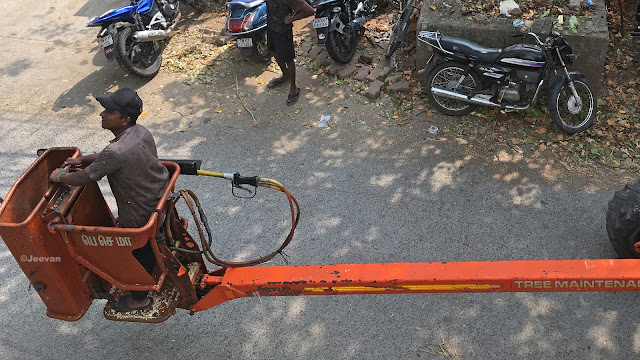NH 45 is a famous National Highway in Tamil Nadu that begins in Chennai and ends at Kumuli in Kerala. It is also called the GST (Grand Southern Trunk) Road or the Chennai-Trichy Highway, a vital road to connect the southern districts of Tamil Nadu and a highway that I have traveled a lot.
 |
| (Batlagundu bypass) |
Since we travel to Kodaikanal frequently, NH 45 is the shortest and easiest route for us to take. It is a single-long stretch of road from Chennai and up to Batlagundu or Sempatty, where we turn left to drive up the mountains. This road has become familiar to us, and we also got bored seeing the same landscape, locations, and bare highway. However, NH 45 has the smoothest road compared to the Chennai-Bangalore highway, and the double lane from Dindigul to Kumuli is also fantastic.
 |
| (A scenic drive toward Cumbum valley, and this is one of my favorite spots) |
Actually, Dindigul to Kumuli is my favorite route, and I enjoy traveling on it for scenic views at any time because the road travels along the western ghats and fertile lands and becomes generous as we enter the Cumbum valley with its three sides of mountains. During our nighttime travels on this road, we could see the lights of Kodaikanal blinking like a bunch of stars dumped in one place.
(Chennai-Trichy highway, during a winter foggy morning.)
I saw NH 45 signs on the same road, but Google Maps assigns different numbers to this road at various points. When I search Google Maps for NH 45 Tamil Nadu, it only shows a short stretch of road across Dindigul town and another across Madhya Pradesh state. And NH 44 denotes the road from Kanyakumari to Agra, which was earlier designated as NH 7. On Google Maps, there is a lot of variation and confusion with highway numbers that refer to early numbers.
Whatever the number, this NH 45 is unavoidable and easier to access in the southern districts of Tamil Nadu.





.JPG)



.jpg)




.jpg)

































